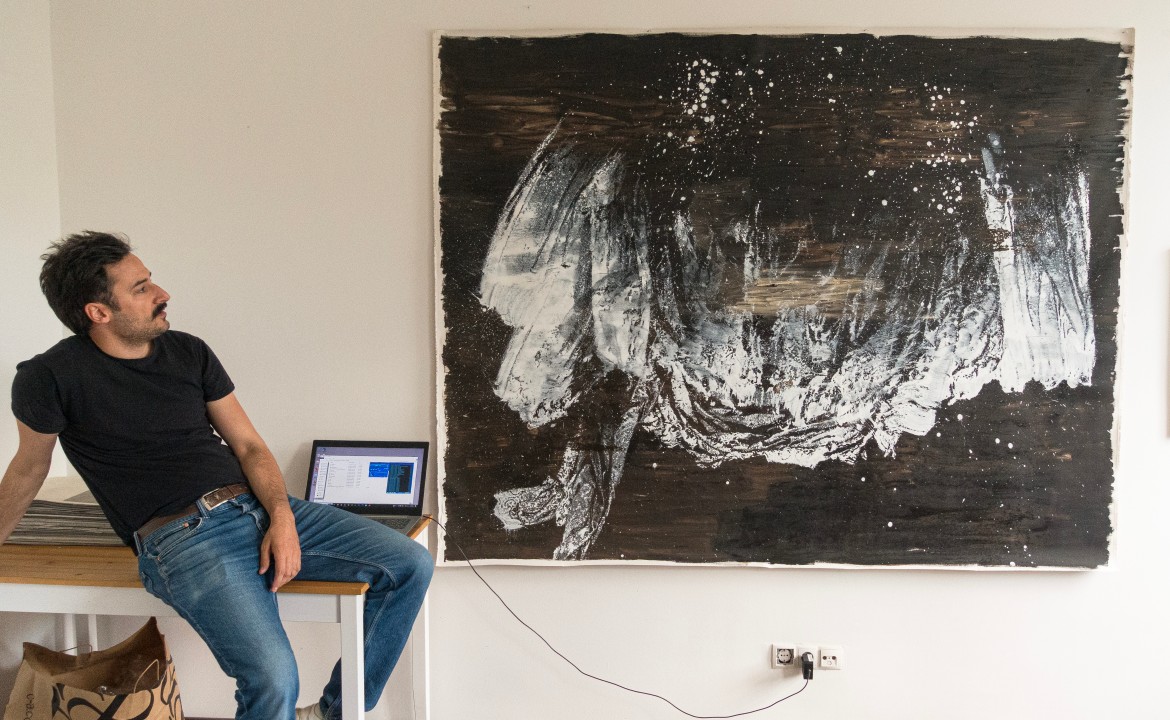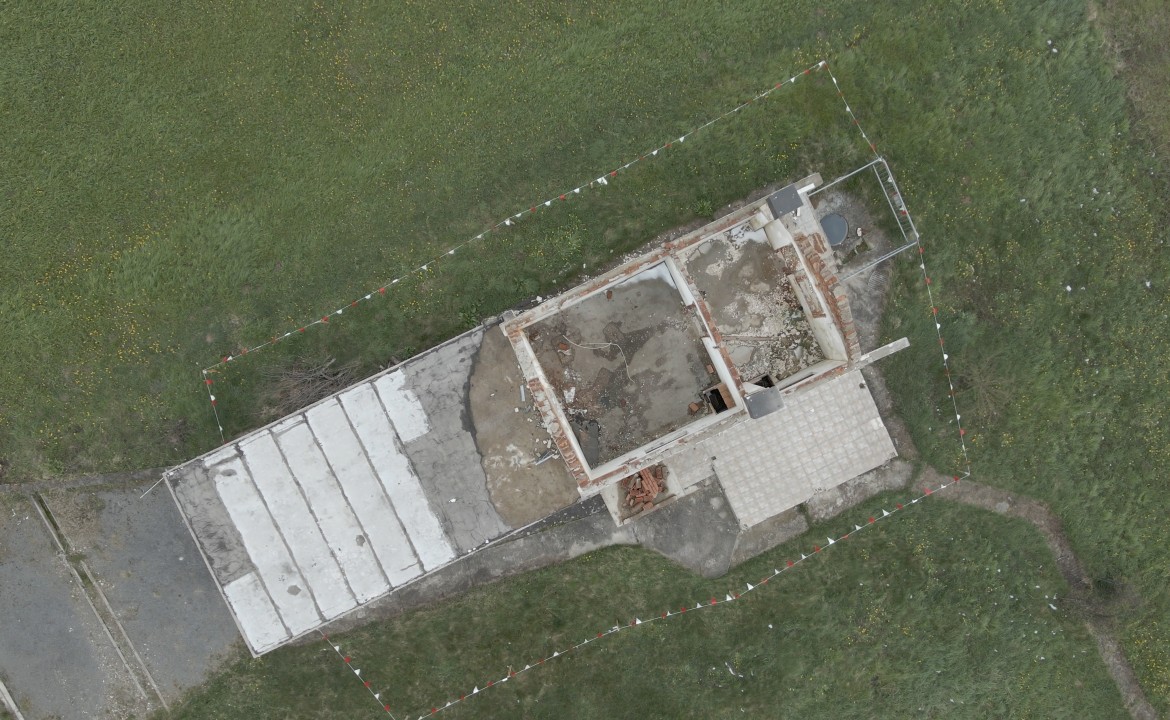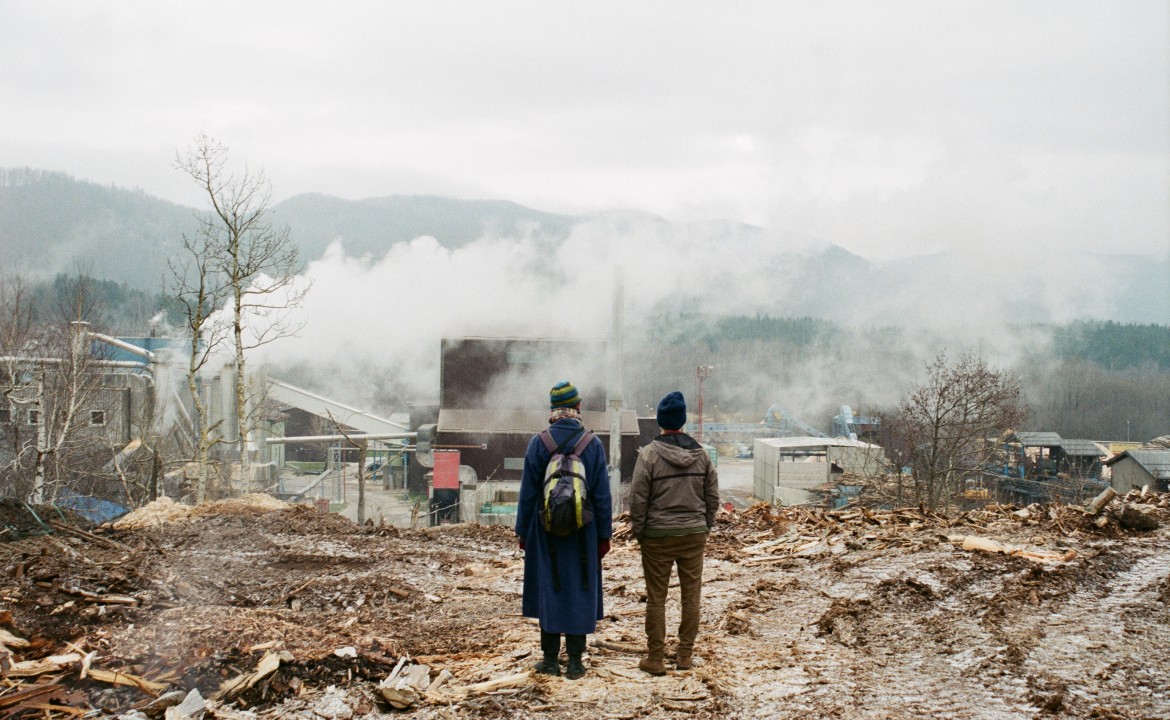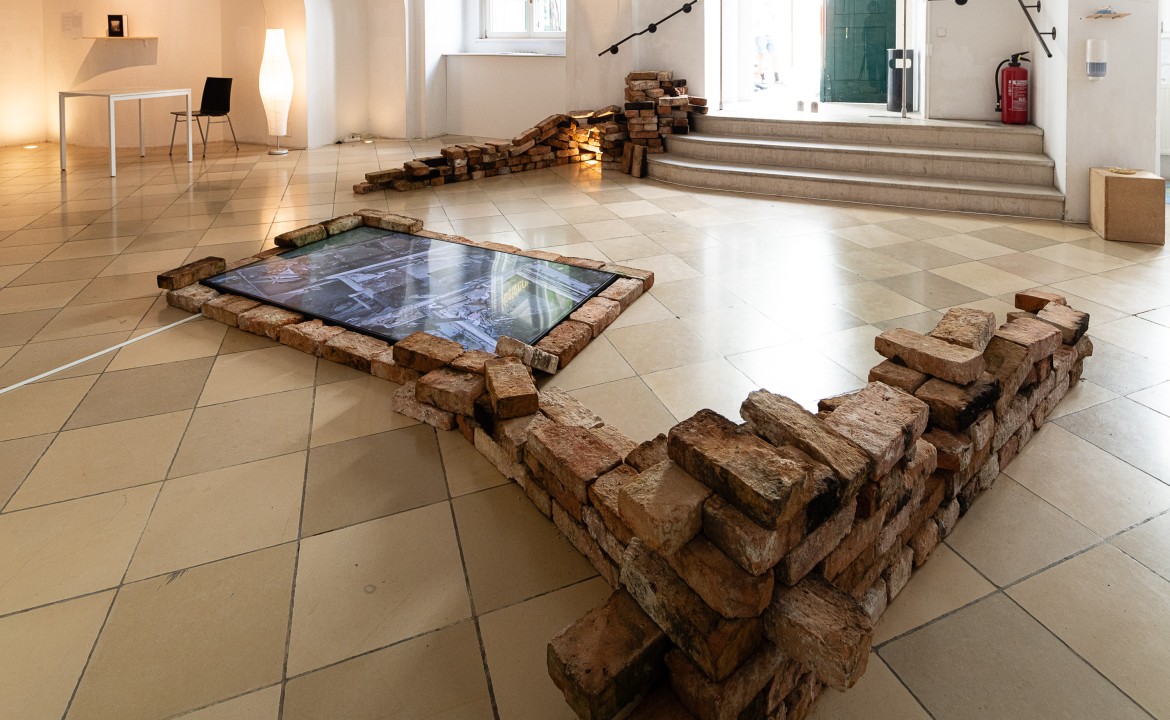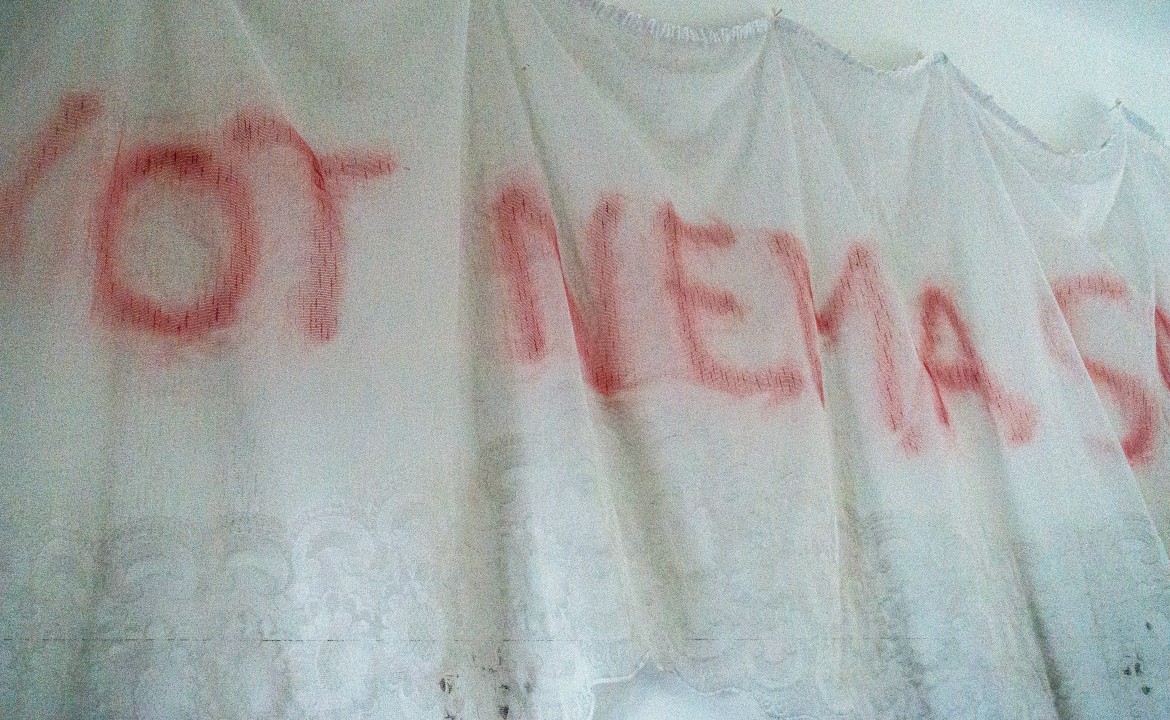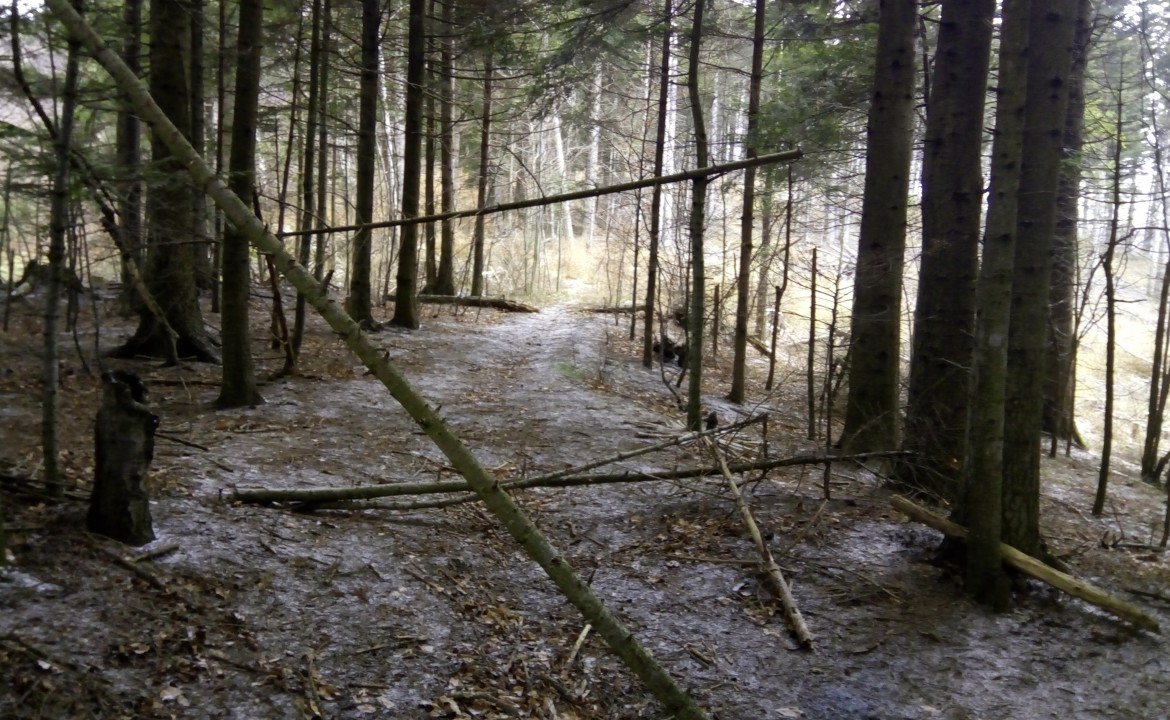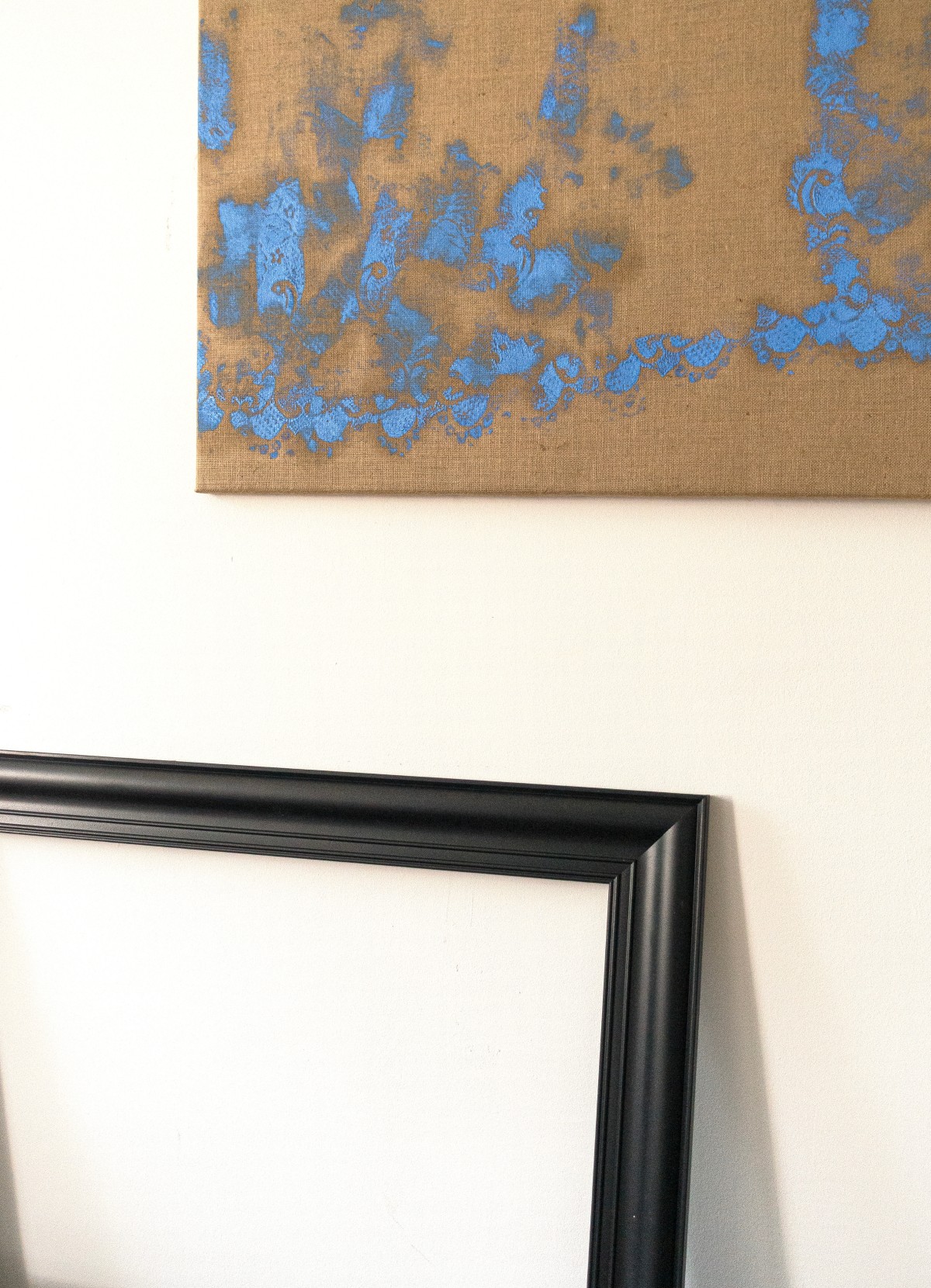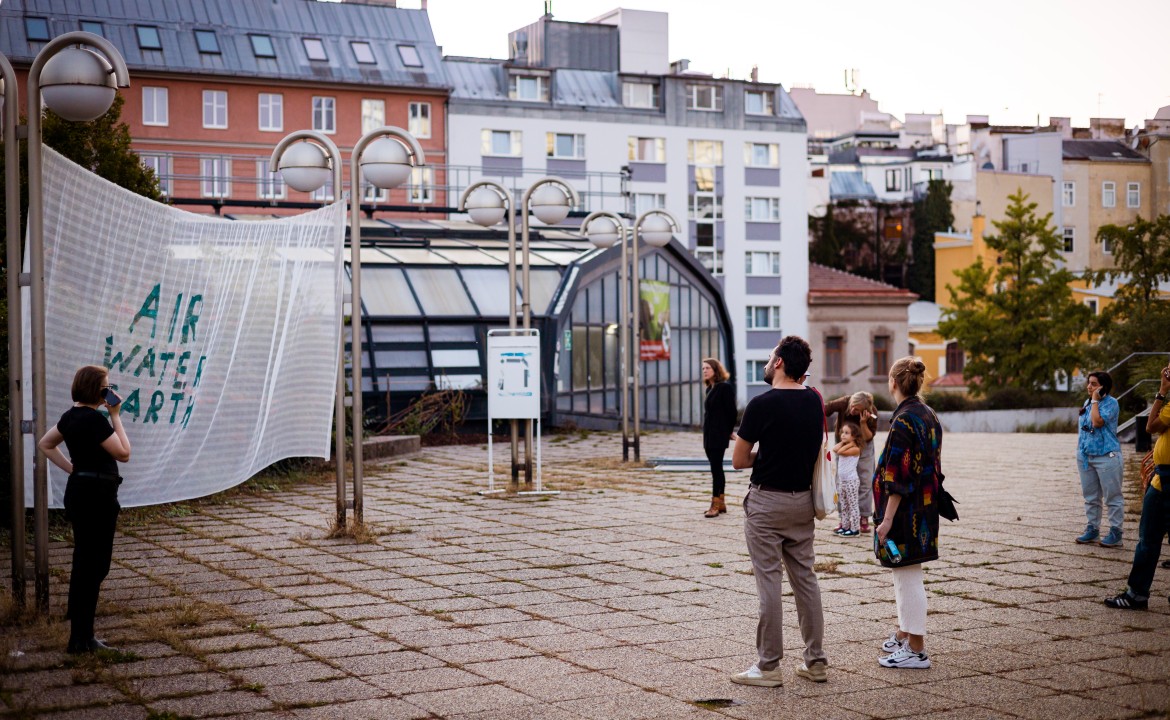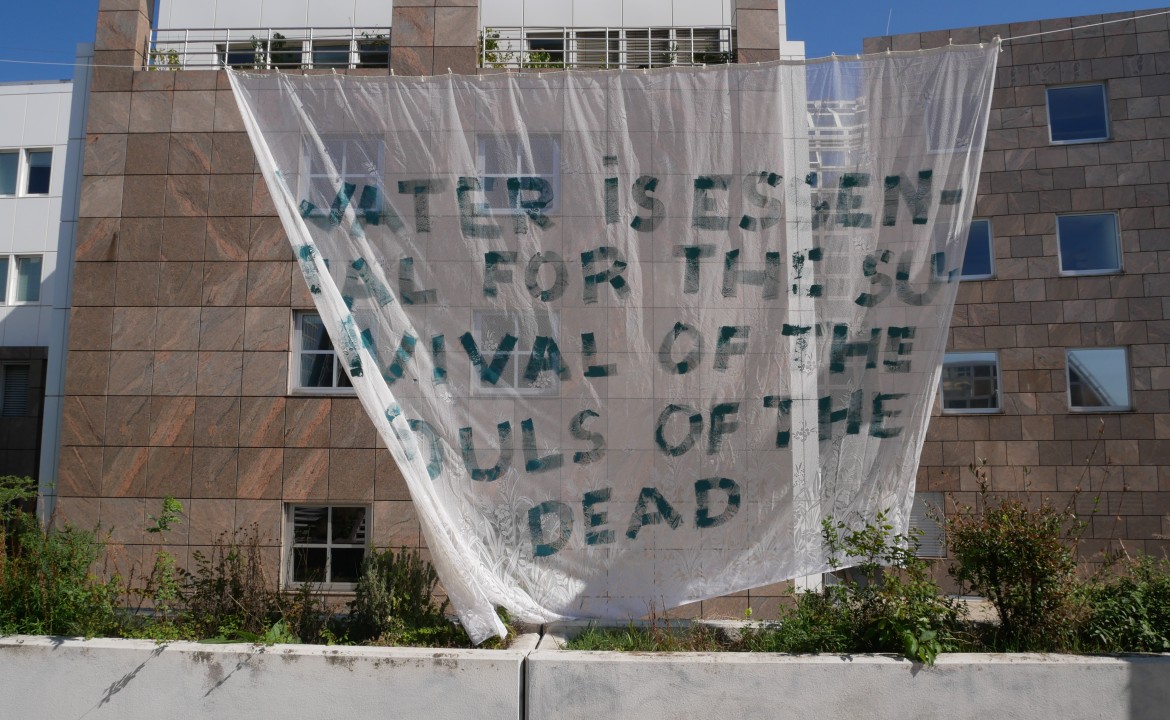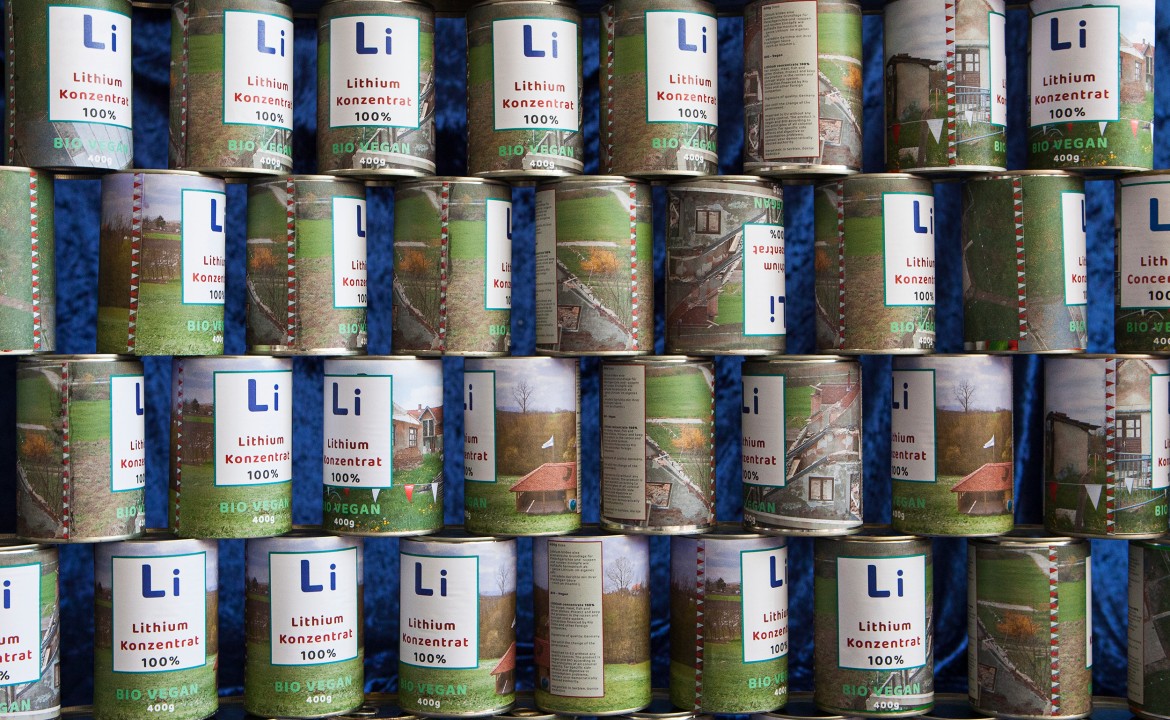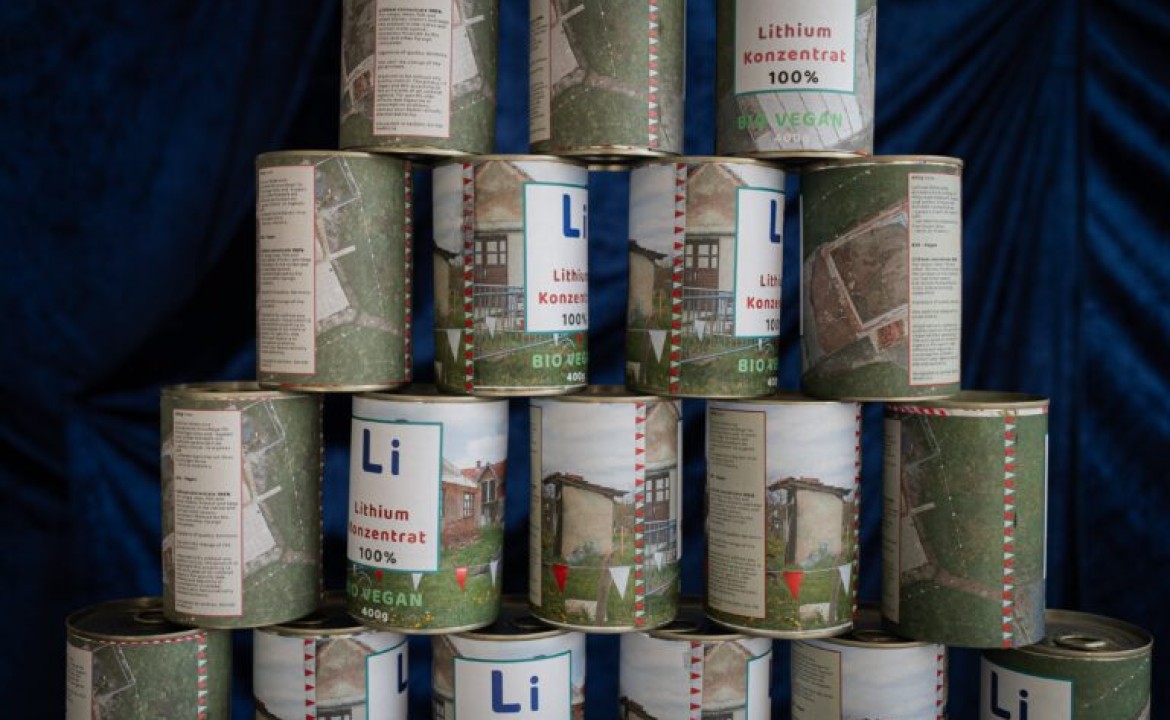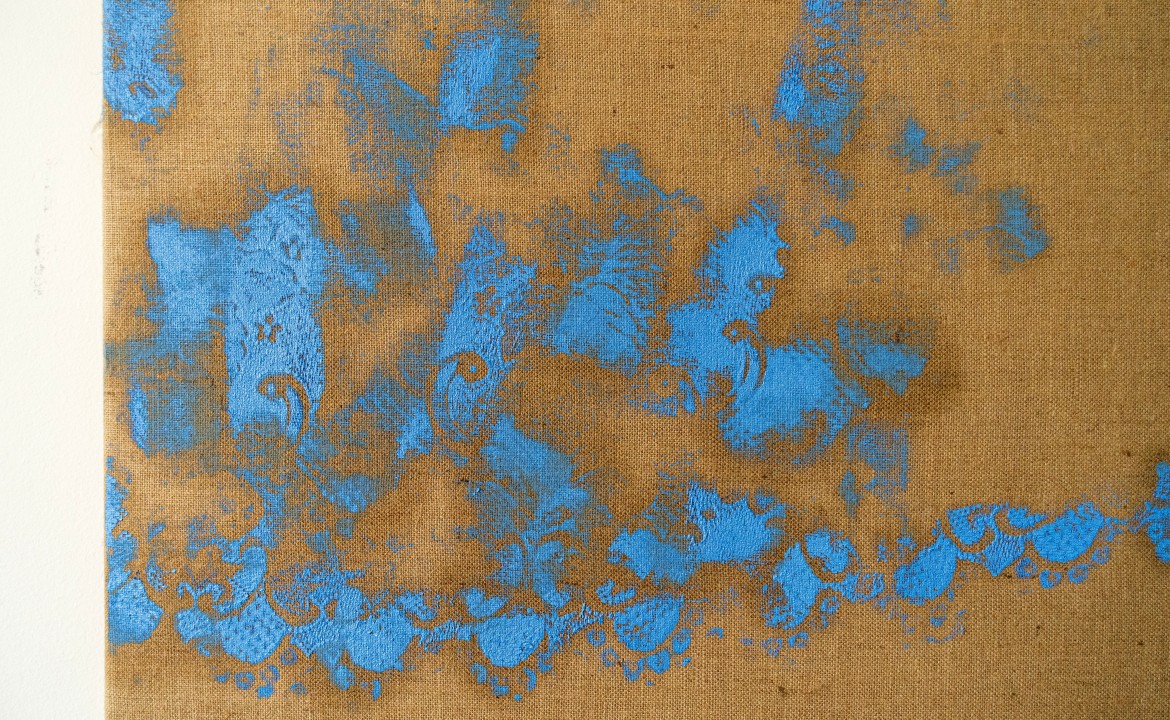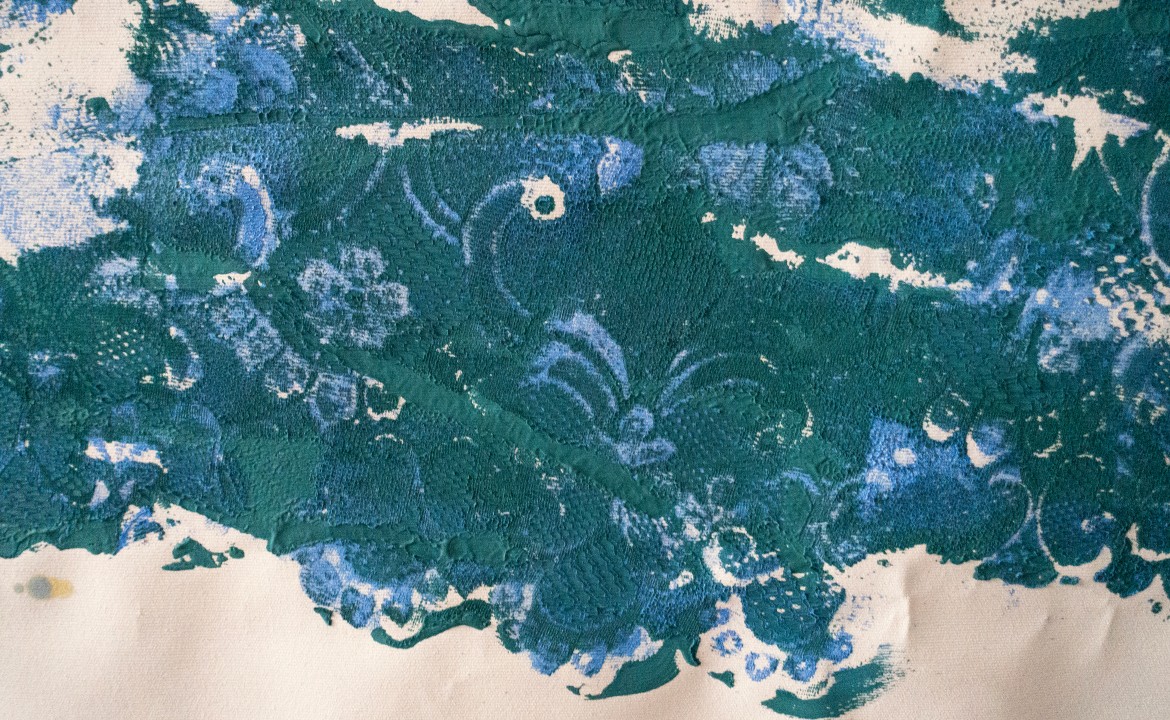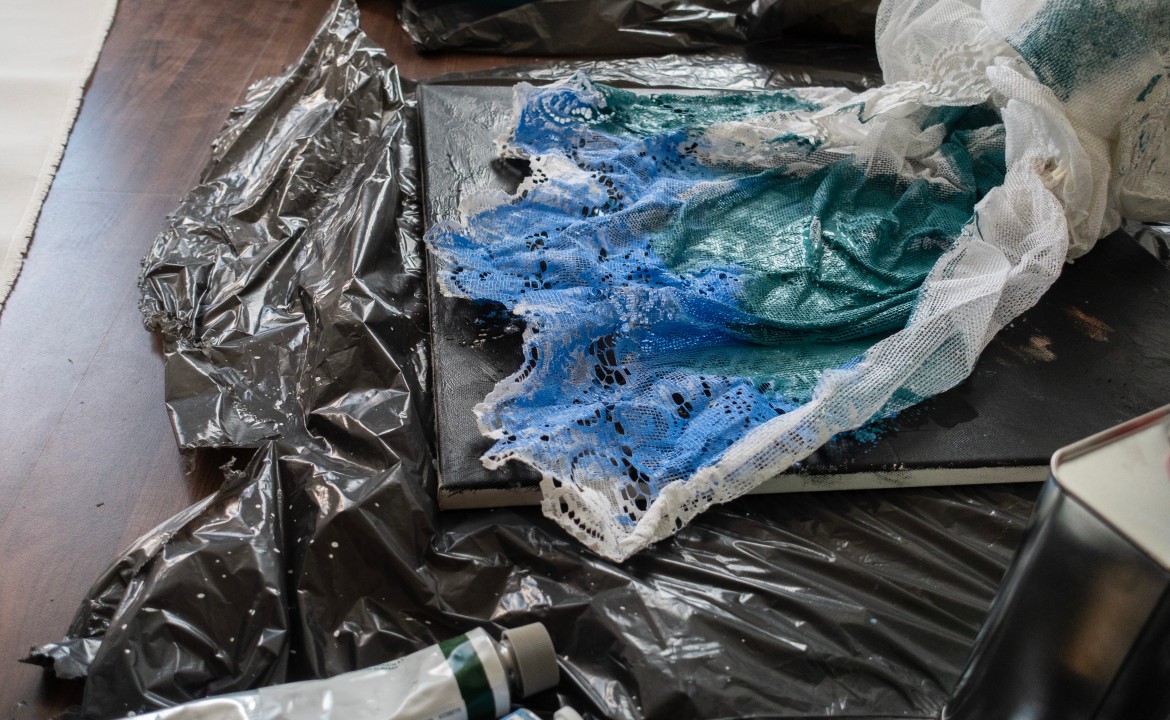A way of transforming Apocalypse
Atelier Talk with Miloš Vučićević
Hi Milos. It is nice meeting you again. What have you experienced since you finished your studies at Angewandte?
Since that period, I've curated several exhibitions, including a notable solo show at Utopia Gallery, where I was able to bring together my entire body of work into a single, cohesive theme that resonated with my master’s thesis. Additionally, I collaborated with the Improper Walls Gallery and organized the Bal Conference, which seeks to bridge the Baltic and Balkan regions of Europe and explore their unique identities.
It seems to me you prefer working in collectives?
Are you in contact with former or current AS Students, like do you exhibit or share working spaces?
I always maintain good relationships with my colleagues, both during and after my studies. I think we all had a relationship
that may seem friendly and collegial, but in depth it was very professional. In line with our artistic and scientific work,
we managed to maintain a collective that always stood out for always supporting each other and taking care of each individual.
This is what makes me happy to see in the new generations of this department, that everyone respects and values each other.
I have already visited this department several times during presentations of my artistic work and interesting things I do,
and in doing so, I have created many connections with current students who work there.
Above: Guided tour in the frame of a Workshop Solastalgic stories. Vienna. 2024. Photo (c) Miloš Vucicevic
Let's have a look at your current work. In what field are you researching and how do you approach it?
After finishing my studies at the Art & Science department, I spent several months exploring a broader perspective on the
type of creativity that resonates with me. My focus expanded beyond the social and ecological issues in Serbia to encompass
universal themes of ecology and economics, where I question not only international concerns and the development and trade
of lithium and mining exploitation in the Balkans, but also more broadly, through the prism of an anti-capitalist, at its
core anti-exploitation example, criticism of current developments regarding the appropriation and exploitation of the land,
how this affects our ecosystem as a whole, but also how it is reflected on the people who live near these exploitation fields.
In an economic sense, I read and do research a lot about anarchist approaches, and in some way I think about degrowth systems
and their appliances.
I find the intersection of these ideas with certain Marxist economic theories to be particularly insightful. For instance,
in my recent exhibition, I collaborated on the psychological ramifications of living near mining operations. We investigated
how individuals can experience a cataclysmic event without even realizing it, and how the surrounding climate can profoundly
affect their mental state, the memory of the place, or changes in the family connections through generations. The piece I
developed with Justina Špeirokaite focused on the experience of individuals who feel abandoned by both authority and the systems
that should support them, highlighting the complexities faced by those who are in a struggle and left to navigate their lives
alone.
Can you give us some details?
One of the works that might explain more, what I actually mean when I say, ecologically and economically, is a work that was
created recently in September of last year as a kind of critique of the perfidious system we find ourselves in that is ready
to sell us anything. What do we have for lunch?** is an installation that looks like a product from the supermarket shelves. Through the lens of making these metal cans as
ready-made objects, I tried to underscore the environmental ramifications associated with resource extraction. The proposed
lithium mine in Jadar Valley raises significant concerns about groundwater contamination, food source deterioration and ecological
degradation.
How would you describe your artistic style?
My approach has always been strongly influenced by the conceptualist tendencies, examples of which I had the opportunity to
see and read as a student some 15 years ago. And this has remained in my research to this day. For me, the access to a work
of art is reflected in the methods of analytical philosophy. Therefore, all works are in accordance with concepts, and it
is not just a random or just a product of the artist, but is clearly conceived and contextualized.
Lately I adopted a new position for my artistic research, I don’t have a name for it, I would call it a natural, social, approach
to understanding the world around us, it is reflective in its nature, but also contemplative in an utter sense of depth. So
it has many disciplines we can talk about, but the one where the word ecology itself does not mean only nature, but what ways
and methods we as a community need to accept in order to change, the way we care about ourselves, but also where we invent
new ways of living and eradicate old ways that poison not only the planet but also us, people.
I’m recently delving also into some intriguing directions in my art, specifically focusing on huge canvases that depict post-apocalyptic
landscapes. So I am not sure that there will be just one word to explain the extensive nature of my work. So its a rather
a combination of different media such as: text, painting, sculpture, object related works through a very woven practice of
contextualizing works of art and giving them meaning by finding the right time and place for their revival.
What brought you to that approach and where do you find all your inspiration?
Slowly, we come to an end of our conversation and to my last question: How do you manage the work and private life balance, especially since you are a parent now? Can you - as an artist - even separate work and private?
Work and private are always related to each other. I would add that having no time to do my art, made me think much more about the process of reasoning which eventually leads to finalizing some artworks in a short time. Given the perspective, the majority of artworks, projects or collaborations I accomplish were done in the same manner. A culmination of thought in time and place.
Miloš, it has been a pleasure talking to you. I wish you and your young family all the best. Thank you for your time and thoughts you have shared with us.
MILOŠ VUČIĆEVIĆ
milosvucicevic.com
https://vimeo.com/milosvucicevic
www.kajmakmedia.com
Miloš @Art&Science
Interview: Gerda Tschoerdy Fischbach, May 2025

